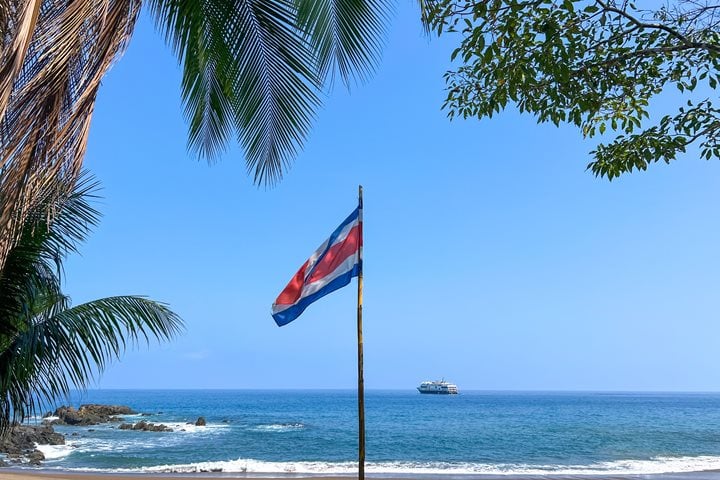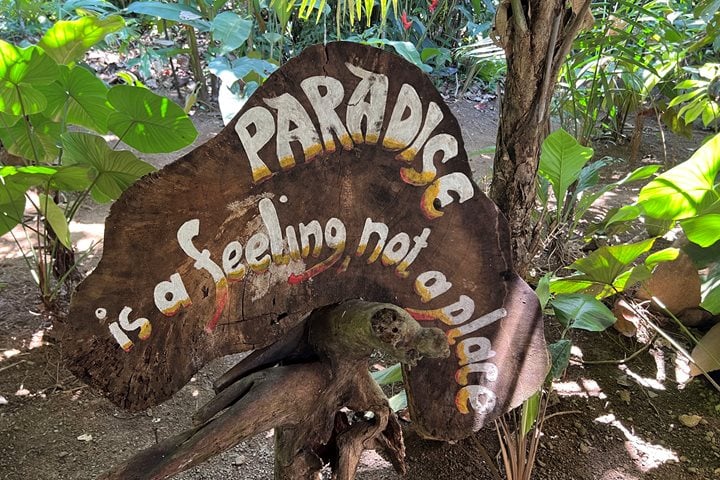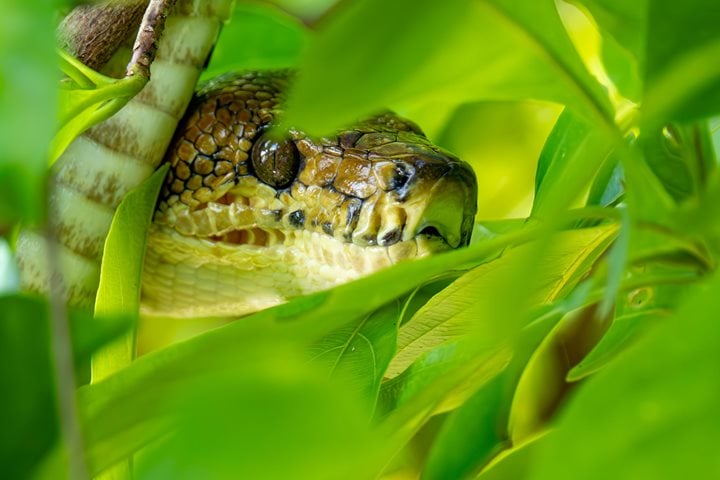Manuel Antonio National Park, Puntarenas, Costa Rica
Early this morning, on my way to meet with Captain Sinclair on the bridge of National Geographic Sea Lion, I had to stop for a few seconds to witness the orange hues of the sunrise across Manuel Antonio National Park. Amazing; after a cold front that brought precious rainfall to our land, finally for the first time in five days we enjoyed a crisp blue sky in the Central Pacific region.
This was the second day of our photo expedition. Right at the moment the park opened we were transferring our guests, with their spirits and photo equipment ready, to fulfill a passion for nature. One of the stars of the day was a brown-throated, three-toed sloth moving actively in search of young leaves. This individual has been observed in the last couple of weeks in this area. It seems that the abundance of immature foliage from the host tree is keeping it happy in these environs.
After a few meters on our walks different species pleased our expectations, with sightings of more sloths, crab-eating raccoons, spiny-tailed iguanas, Philadelphia vireos, and red-legged honeycreepers among other species.
With a refreshing swim in the calm waters of Espadilla Sur Beach, we ended our morning visit at the main trail system of the park. The afternoon was waiting for us with a burrito-style lunch, including the always-present rice and beans, a definite must-have staple food in the Central American region.
By mid-afternoon Jack Swenson provided a great teaching tool with his talk on “Photo essentials and challenges of the rainforest.” After his talk our main goal was to look for marine life. Captain Sinclair positioned the ship sailing south parallel to the majestic Costeòa Range, in the proximity of the Marino Ballena National Park.
A picturesque sunset and the vivid conversations of our guests during cocktail hour made me feel renewal; life and nature merged together again to show us the marvels of our world.






